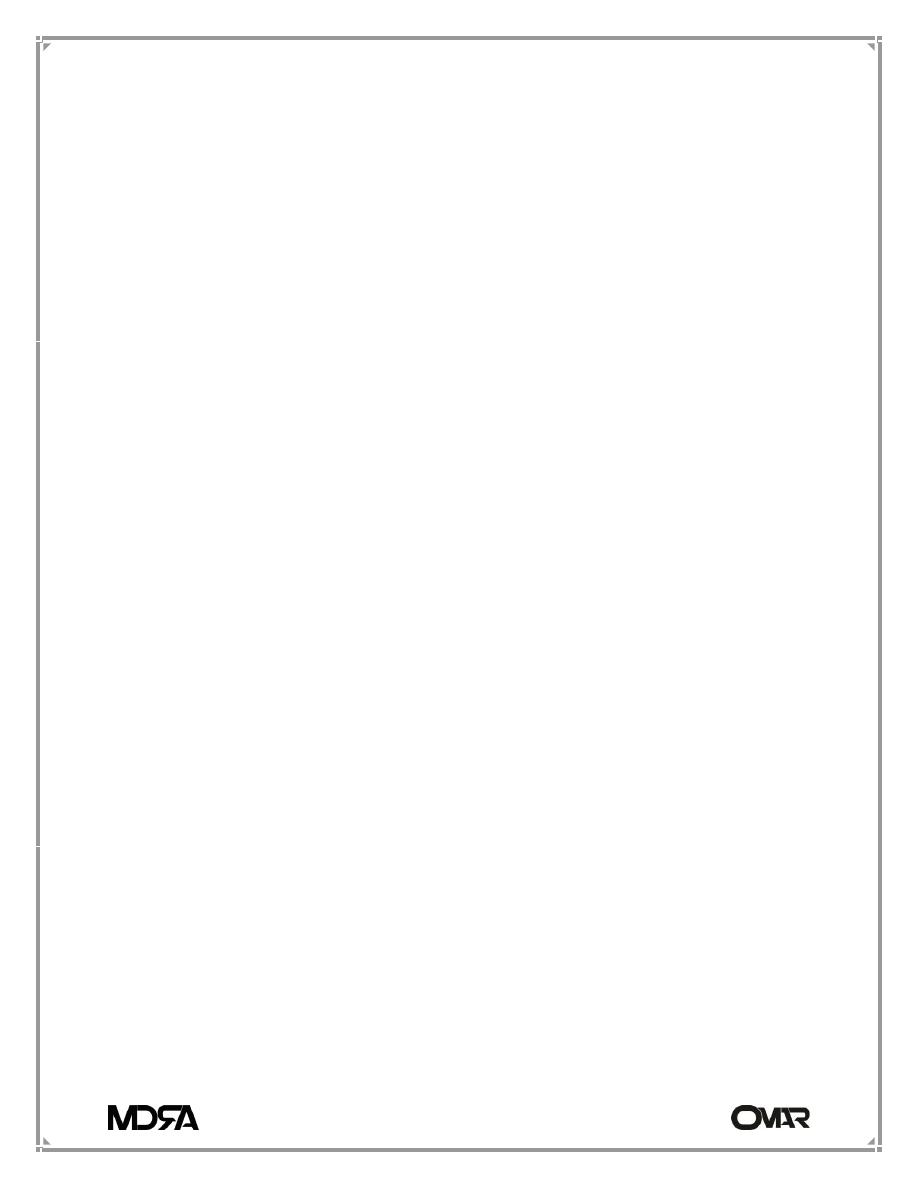
Lec1 Histology
ENDOCRINE SYSTEM
Dr.Elham Majeed Al Hadithy
1
HISTOLOGIC STRUCTURE OF ENDOCRINE SYSTEM
HORMONE : organic chemical that liberate by endocrine cells into
vascular system
TARGET ORGAN : tissue/organ on which the hormones act
ENDOCRINE GLANDS : Contain cell that produce hormone
(Pituitary, Adrenal, Thyroid, Parathyroid, Islet Langerhan,s, and
Pineal)
GENERAL CHARACTERISTICS
1. COMMONLY SAID THAT THEY HAVE NO DUCTS
2. RICH SUPPLY OF BLOOD VESSELS
3. EACH GLAND SECRETE ONE/MORE HORMONE SPECIFIC EFFECT
UPON ANOTHER TISSUE/ORGAN
PITUTIARY/ HYPOPHYSIS GLAND
• Develop from different embryonic :
– Adenohypophysis : evagination oral ectoderm
– Neurohypophysis : neural ectoderm
• Connected to the brain by neural pathways
• Hormone secretion controlled by Hypothalamus
SUBDIVISION OF HYPOPHYSIS
• Adenohypophysis (anterior pitutiary)
– Pars distalis (anterior)
– Pars intermedia
– Pars tuberalis
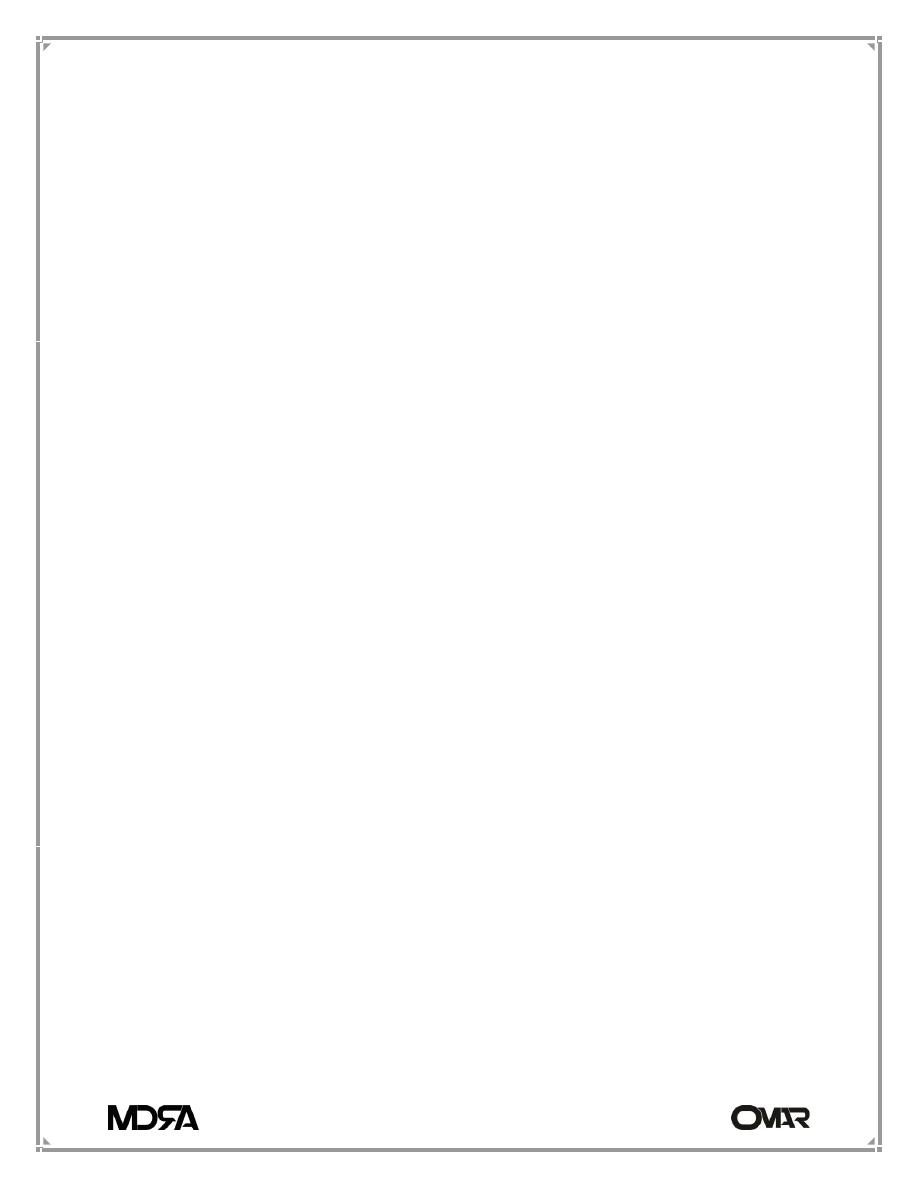
Lec1 Histology
ENDOCRINE SYSTEM
Dr.Elham Majeed Al Hadithy
2
• Neurohypophysis (posterior pitutiary)
– Median eminence
– Infundibulum
– Pars Nervosa
ADENOHYPOPHYSIS (Pars Distalis )
Chromophils (have an affinity for histological dyes)
Acidhophil (granules stain orange-red with eosin)
Somatotrophs somatotropin (GH)
Mammotrophs Prolactin
Basophil (granule stain blue with basic dyes)
CorticotrophsACTH
ThyrothropsTSH
GonadothropsLH and FSH
Chromophobes (do not take up stain)
Degranulated chromophils
ADENOHYPOPHYSIS(Pars Intermedia and Pars Tuberalis)
PARS INTERMEDIA
Between pars distalis-nervosa
Cuboidal cell line, colloid containing cysts (Rathke,s cysts)

Lec1 Histology
ENDOCRINE SYSTEM
Dr.Elham Majeed Al Hadithy
3
Houses cord of basophils along networl of capillaries
POMC α-MSH,corticotropin, β-lipoprotein,and β-
endorphine
PARS TUBERALIS
Surround hypophyseal stalk
Highly vascularized by arteries and hypophseal portal system
along which longitudinal cords of cuboidal-low columnar
epith.
Cells contain secretory granule (FSH?, LH?)
HYPOTHALAMOHYPOPHYSEAL TRACT
Unmyelinated axon (cell bodies in supraoptic and paraventricular
nuclei of hypothalamus), enter the posterior pitutiary terminate
in vicinity of capillaries
Nuclei sythezise ADH and oxytocin, and also neurohypophysin
NEUROHYPOPHYSIS
Pars nervosa technically is not endocrine gland
Hypothalamohypophyseal tract end in the pars nervosa and store
the neurosecretions that are produce by cells bodies
(hypothalamus)
Axon supported by pituicytes (glial-like cell)
Axon contain granule of vasopressin or oxytocin
Chrome-alum staining reveal Herring bodies (accumulation of
neurosecretory granule)
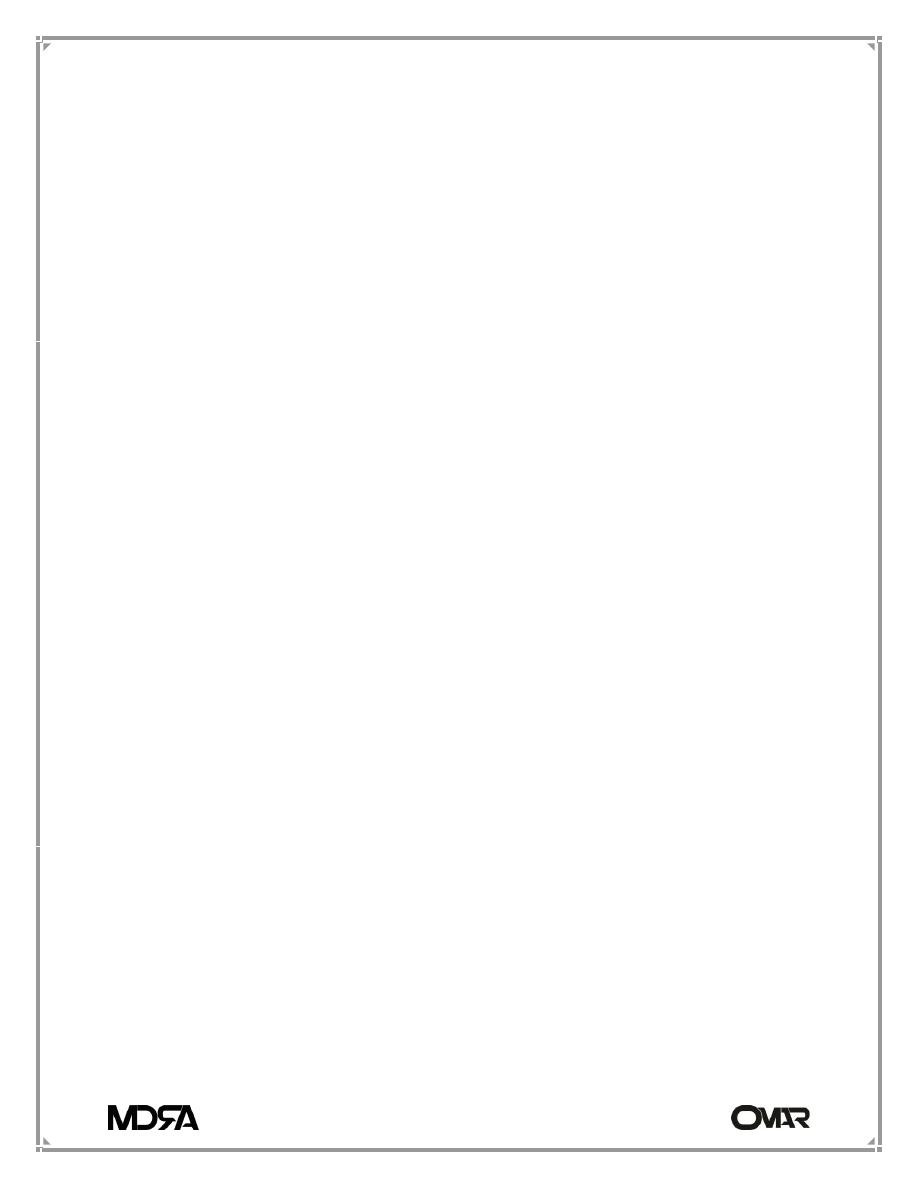
Lec1 Histology
ENDOCRINE SYSTEM
Dr.Elham Majeed Al Hadithy
4
ADRENAL GLAND
• Consist of two layer :
– Adrenal cortex
• From coelomic intermediate mesoderm
– Adrenal medulla
• From neural crest modified sympathetic postganglionic
neurons
Adrenal cortex
• Zona glomerulosa
– Columnar/pyramidal cells are arranged in closely packed,
rounded or arched clusters
– Mineralocorticoids(aldosterone)
• Zona fasciculata
– Polyhedral cells arranged in straight cords
– Glucocorticoids (cortisone &cortisol) and androgens
• Zona reticularis
– Cells disposed in irregular cords that form anatomozing
network
– Glucocorticoids and androgens

Lec1 Histology
ENDOCRINE SYSTEM
Dr.Elham Majeed Al Hadithy
5
ADRENAL MEDULLA
• Parenchymal : polyhedral cells arranged in cords/ clumps and
supported by reticular fiber network
• >> capillary supply
• >> secretory granules
– epinephrine &
– norepinephrine
THYROID GLAND
Thyroid follicle is the structural and functional unit
Connective tissue septa derived from the capsule invaded the
parenchym
Secrete T3 and T4
PARENCHYM OF THYROID GLAND
FOLLICULAR CELLS
• Range from squamous-low columnar
• Numerous short villi that extend into colloid
• Round, ovoid nucleus,
• Basophilic cytoplasm, rod-shape mitochondria, supranuclear golgi
comp. numerous small vesicle
• Hormone T4 and T3 stored in colloid, which bound to
Thyroglobulin
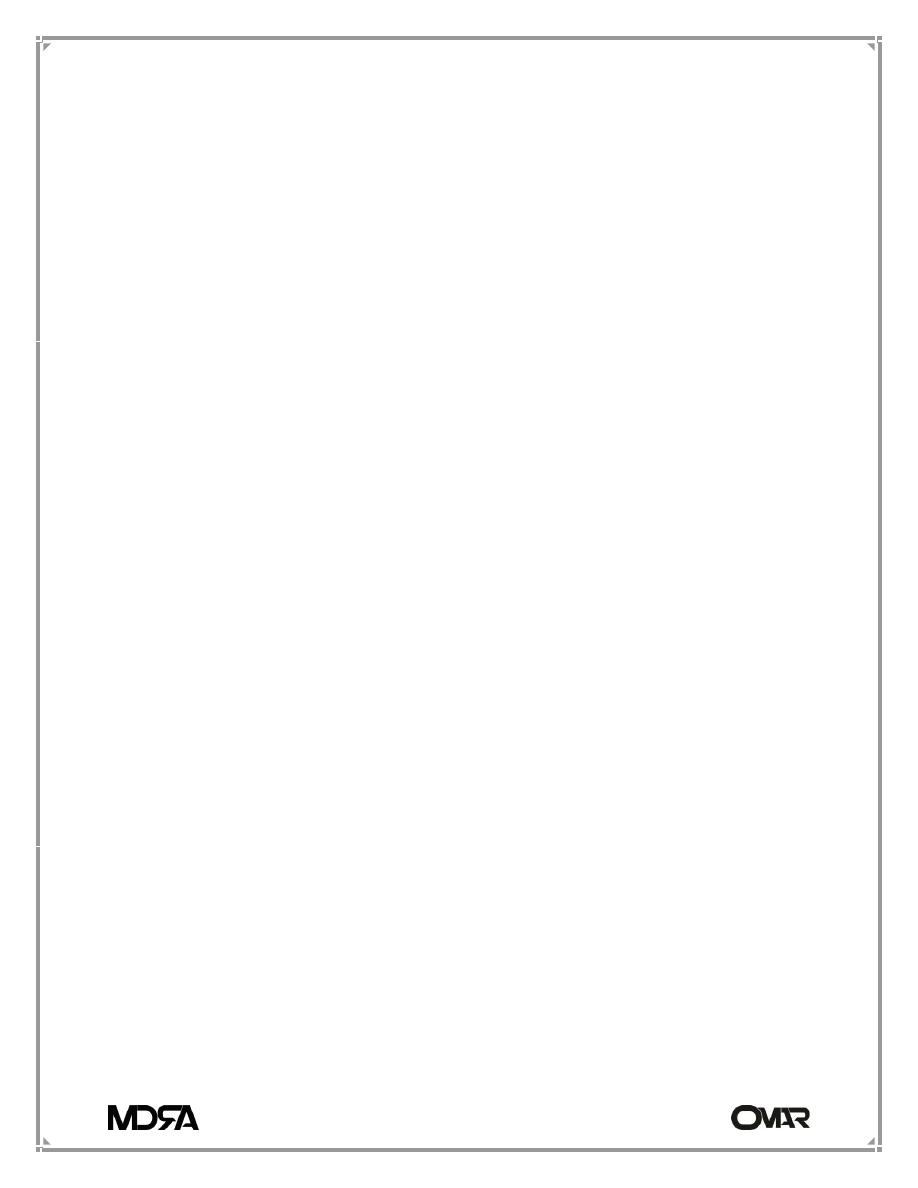
Lec1 Histology
ENDOCRINE SYSTEM
Dr.Elham Majeed Al Hadithy
6
PARENCHYME CELL OF THYROID GLAND
PARAFOLLICULAR CELLS
• Pale staining, lie cluster among the follicular cells
• 2-3 times larger than follicular cells; 0,1% of epithelium
• Round nucleus, moderate RER, elongated mithocondria, well
developed golgi compl. Small dense granule
• Secrete calcitonin
PARATHYROIDS GLAND
• Parenchym : consist of chief cells and oxyphill cells
• Cells form the cords or cluster surrounded by reticular fiber and
rich capillary network
• Connective tissue in older adult :>> adipose cells (up to 60%)
• Secrete PTH calcium metabolism
PARENCHYM OF PARATHYROID GLAND
• CHIEF CELLS
– Eosinophilic-staining
– Contain secretory granules (PTH)
– Juxtanuclear golgi complex, elongated mitochondria and
abundant RER
• OXYPHIL CELLS
– More deeply stain with eosin

Lec1 Histology
ENDOCRINE SYSTEM
Dr.Elham Majeed Al Hadithy
7
– Less numerous , appear in group
– More mitochondria, small golgi app. And little RER
– The inactive phase of Chief cells
PINEAL GLAND
• Cone-shape midline projection from roof of the diencephalons
• 5-8 mm X 3-5 mm (120 mg)
• Covered by pia mater capsule septaincomplete lobules
• Parenchym composed by : pinealocytes & interstitial cell
• Melatonine secretion are influenced by light and dark
PARENCHYME OF PINEAL GLAND
• Pinealocytes
– Basophilic cells, with one. two long processed
– Nucleus spherical
– Cytoplasm : SER, RER, small golgi app., mitochondria and
small secretory granule
– Produce Melatonin and serotonin
• Interstitial cells
– Scattered trough pinealocytes
– Deeply staining, with long processed
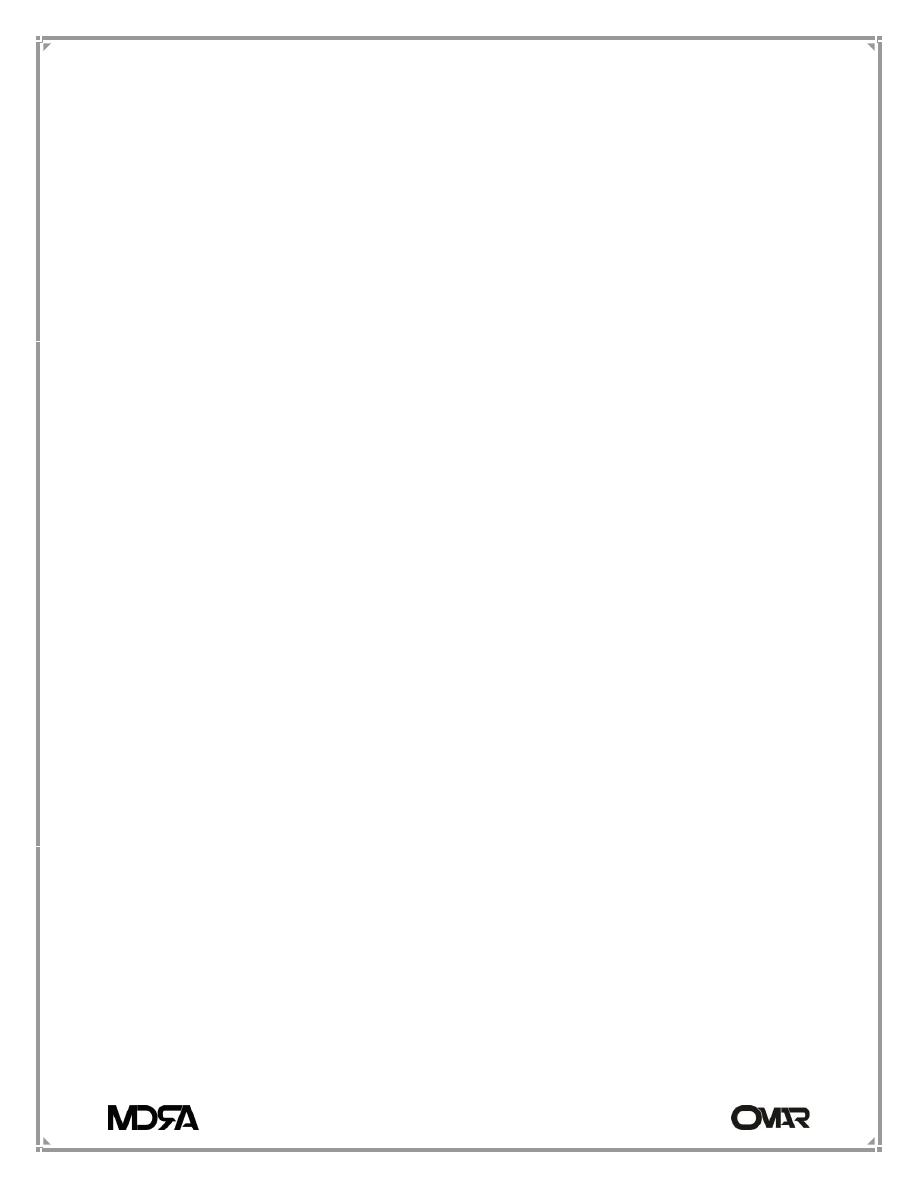
Lec1 Histology
ENDOCRINE SYSTEM
Dr.Elham Majeed Al Hadithy
8
– Calcium and carbonate deposite CORPORA ARENACEA
(BRAIN SAND) >> older
ISLET OF LANGERHANS
• Appear as rounded clusters of cells within exocrine pancreatic
tissue
• Each islet consists of lightly stained polygonal/ rounded cells
arranged in cords separated by network of fenestrated blood
capillaries
• Four type cells (A, B, D and F)
• The B cells have irregular granules (insulin )
• Type A cell Glucagons
